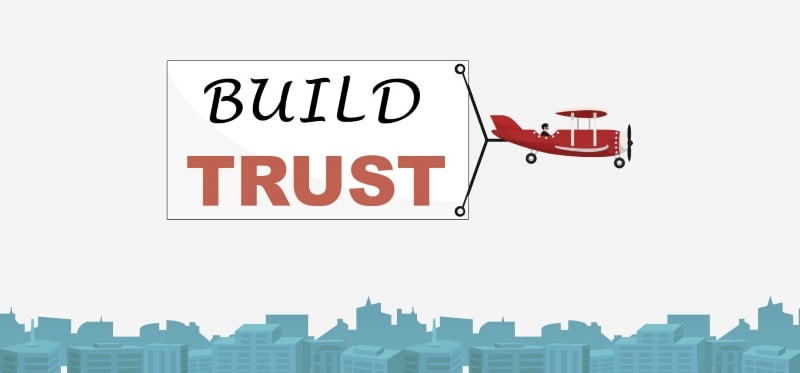Managing teams is hard as it is — Knowing everyone on a personal level, understand their culture and specific ways they work. Getting into the groove of everyone’s group psyche. Managing egos, varying styles of work, projects, deadlines, tasks, and different skill sets.
It’s never an easy task managing people.
Yet, it’s the quality of your team that forms the core of business profitability. Business is all about team work. That explains the continued insistence on hiring the best and continuous training to ensure everyone is on the same page.
If managing a normal, full-time team at office is such a gargantuan task, imagine how hard it could be to manage a virtual one – you don’t see them much, and they don’t share the same office. Remote work comes with its challenges, and hence, it calls for a different style of management.
Keith Ferrazzi, CEO of Ferrazzi Greenlight, says this on an episode on Harward Business Review Channel:
“We all know that teams can’t function when co-workers don’t trust each other. Establishing trust in an established, physical environment is difficult enough. It’s even harder in a virtual environment – when you have to work with people you’ve never met in person”
It’s your responsibility
Delegation isn’t as easy as it was to write the word. How you make teams understand their individual roles, delegate work, establish controlling patterns, and bring out the best in your team members is more of an art than science.
The onus of getting it right when managing virtual teams is a responsibility that you have to shoulder. If something didn’t work out the way you expected, it’s because you didn’t get it right.
Establish Swift & Interpersonal Trust
When groups first get together, there’s usually a prevailing sense of comradery. You’d often hear things like:
“Let’s make it happen”
“Success belongs to all of us. Failure can kill us all”
The key is to make good use of this initial momentum and use this swift trust to consolidate the strength of the team before it disintegrates. Set clear goals, and make sure everyone understands what their roles are and what’s expected of them.
While the momentum is on, however, work on letting the team build another kind of a bond (Interpersonal Trust) – the more natural and automatic trust that tight-knit teams often develop.
Communicate with Predictability
Globally distributed teams that lack trust tend to have unpredictable communication patterns, Keith says.
Roughly, about 80% of the team’s overall responsibility for communication is shouldered just by 20% of the people. In high trust teams, communication patterns are more predictable and regular. Establish protocols and set expectations in a way that every team member’s availability, information, and project details are always on. No left is ever left hanging or wondering why a message wasn’t answered.
Share & Rotate Power
Traditionally teams are led by one person. In a virtual environment, however, a centralized work structure is less effective. In a research conducted on a Fortune 500 IT company, it was noticed that the power shifted among team members depending on the stage of a project.
Teams can’t function without trust. Make sure you are proactive. Use the right practices to ensure that each member begins to trust another. Backed by efficient and empathetic communication patterns, this is a long-term process that’d require diligent work on your part.
How are you working with your virtual team? What do you do to manage your remote workforce?



